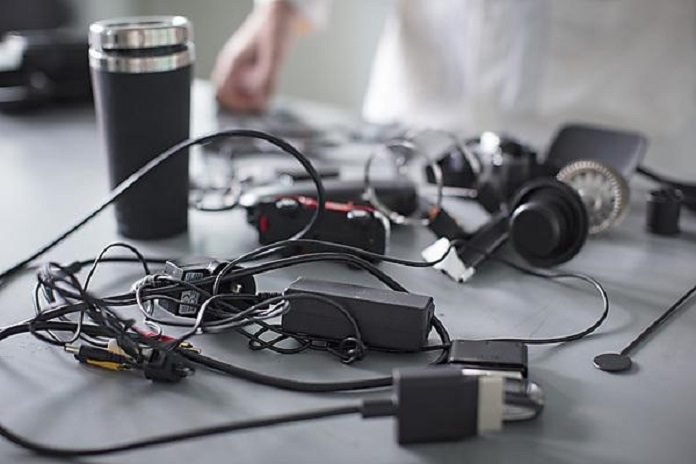Dangerous chemicals, for example, bromine, antimony, and lead, are finding their way into food-contact items and other daily items. This happens due to manufacturers as they are use of recycled electrical products as a source of black plastic.
According to a new study conducted by the University of Plymouth, a blend of the increasing demand for black plastic and the non-sequential sorting of end-of-life electrical gear is contaminated material to be introduced into the recyclate.
Black plastic involves about 15% of the domestic waste stream; this waste material is not readily recycled owing to the low sensitivity of black pigments to near infrared radiation used in conventional plastic sorting facilities.
Dr. Andrew Turner said, “As well as posing a threat to human health, the chemicals have potentially harmful effects for the marine and coastal environment either through the spread of the products as litter or as microplastics.”
For this study, Turner used XRF spectrometry to survey the levels of a range of elements in more of 600 black plastic products, for example, food contact things, storage, garments, toys, jewelry, office things, and new and old electronic and electrical gear.
In many products, including cocktail stirrers, coathangers, various items of plastic jewelry, garden hosing, Christmas decorations, and tool handles, concentrations of bromine potentially exceeded legal limits that are designed for electrical items. In other products, including various toys, storage containers, and office equipment, concentrations of lead exceeded its legal limit for electrical items.
Dr. Turner said, “There are environmental and health impacts arising from the production and use of plastics in general, but black plastics pose greater risks and hazards. This is due to the technical and economic constraints imposed on the efficient sorting and separation of black waste for recycling, coupled with the presence of harmful additives required for production or applications in the electronic and electrical equipment and food packaging sectors.”
“Black plastic may be aesthetically pleasing, but this study confirms that the recycling of plastic from electronic waste is introducing harmful chemicals into consumer products. That is something the public would obviously not expect or wish to see, and there has previously been very little research exploring this. In order to address this, further scientific research is needed. But there is also a need for increased innovation within the recycling industry to ensure harmful substances are eliminated from recycled waste and to increase the recycling of black plastic consumer products.”
The study is published in Environment International.
